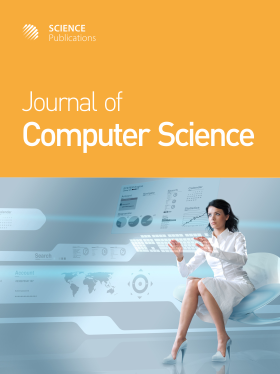Denoising of Underwater Images with Regulated Autoencoders
- 1 School of Computer Science and Engineering, Vellore Institute of Technology, Chennai, India
Abstract
In the domain of underwater image processing, the images obtained in underwater lighting conditions are of very poor in quality and contain distortions due to the scattering of lights and color absorption of images in water. This makes it difficult to analyze these images for scientific, commercial and military purposes. Therefore, there is a need for efficient techniques that can remove the noise from these images. In this study, the experimental study of regulated autoencoders namely, denoising autoencoders, sparse autoencoders, deep autoencoders, variational autoencoders and convolutional autoencoders for noise removal in underwater images have been performed and the. These models have been implemented in Python, trained tested and evaluated on the dataset known as Enhancing Underwater Visual Perception (EUVP) image dataset. Our results show that Denoising Autoencoder (DAE) can effectively remove noise from underwater images, with a good structural index and high peak signal-to-noise ratio. The sparse autoencoder was fine-tuned to fit for underwater image denoising. However, our study shows that the obtained results show that Denoising Autoencoder (DAE) can enhance the quality of underwater images visually and effectively denoise the images.
DOI: https://doi.org/10.3844/jcssp.2024.670.681

- 3,528 Views
- 1,638 Downloads
- 0 Citations
Download
Keywords
- Autoencoder
- Convolutional Autoencoder
- Deep Autoencoder
- Denoising Autoencoder
- PSNR-Peak Signal to Noise Ratio
- Sparse Autoencoder
- SSIM-Structural Similarity Index Measure
- Variational Autoencoder
